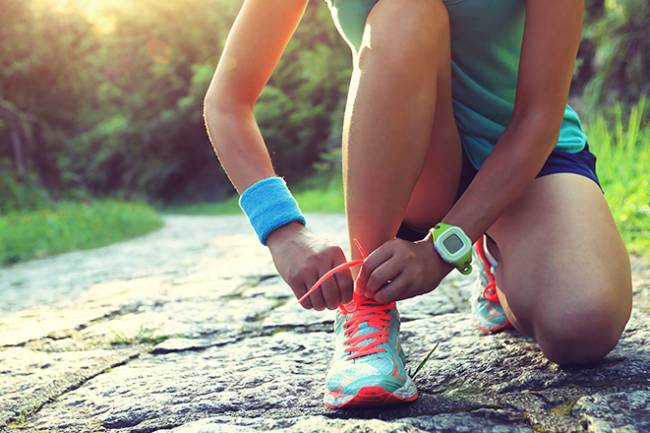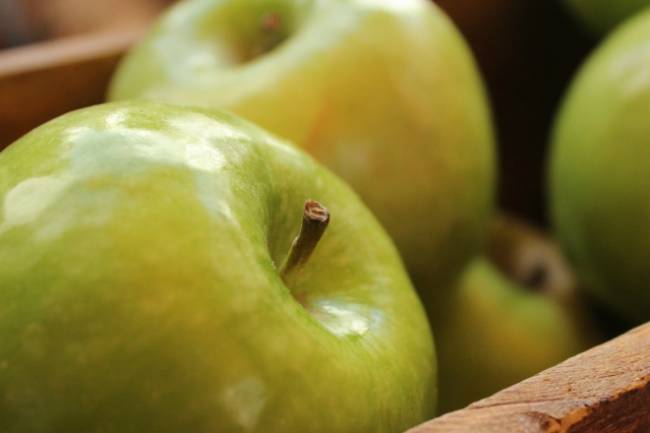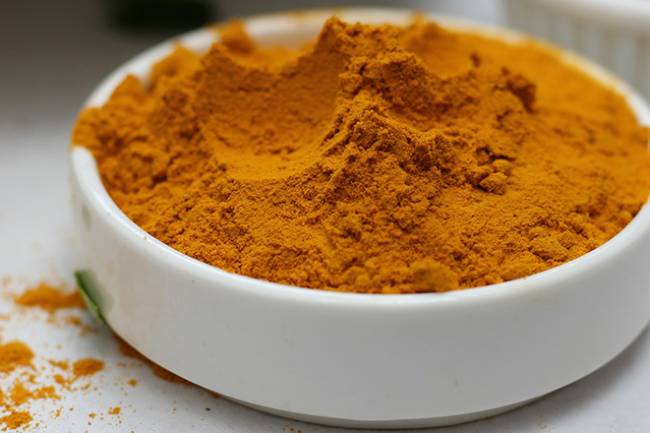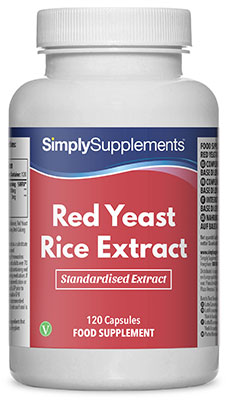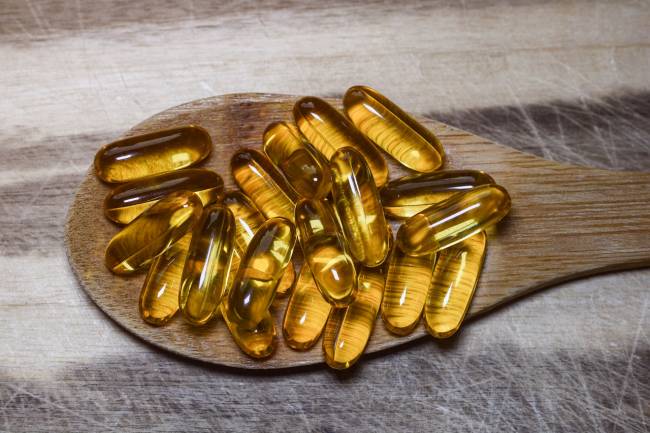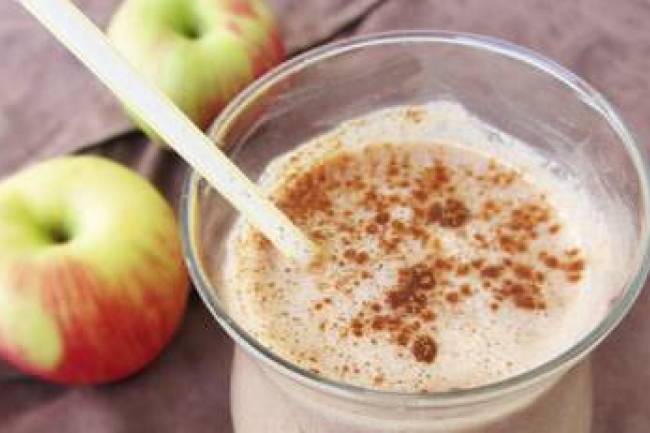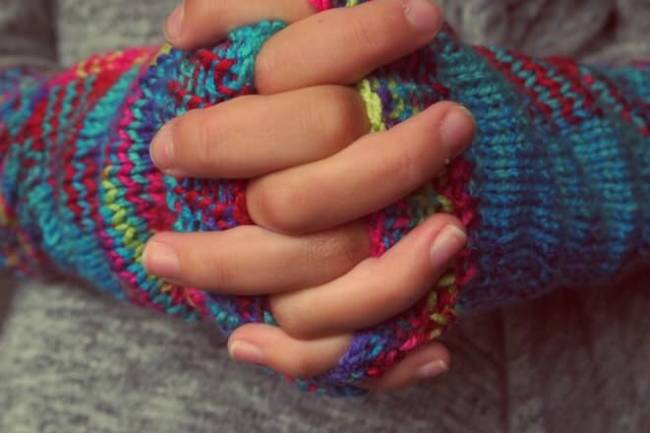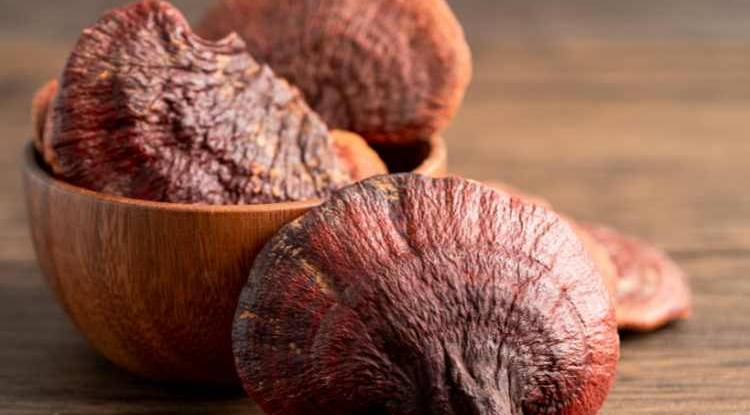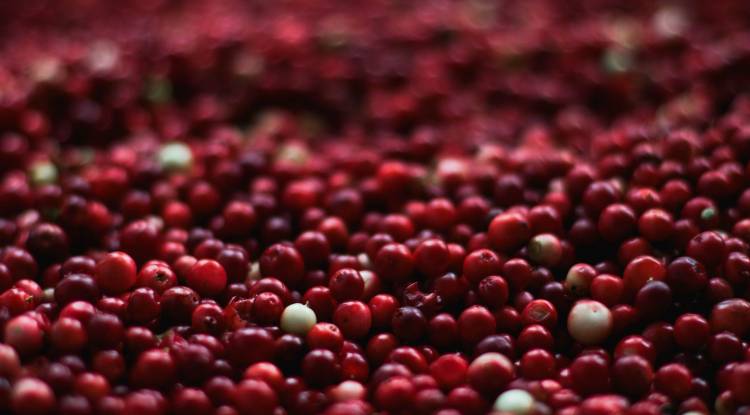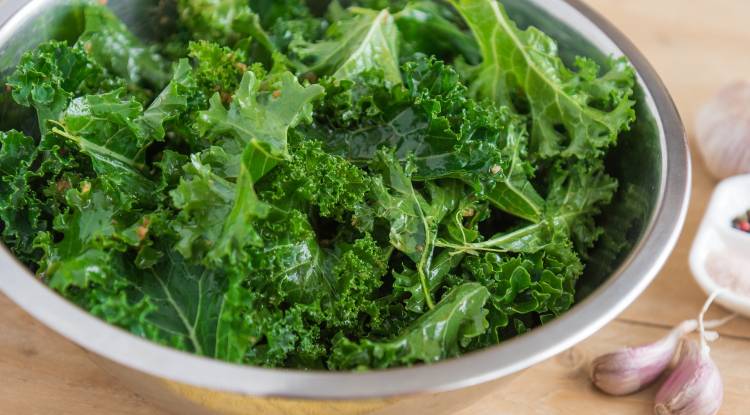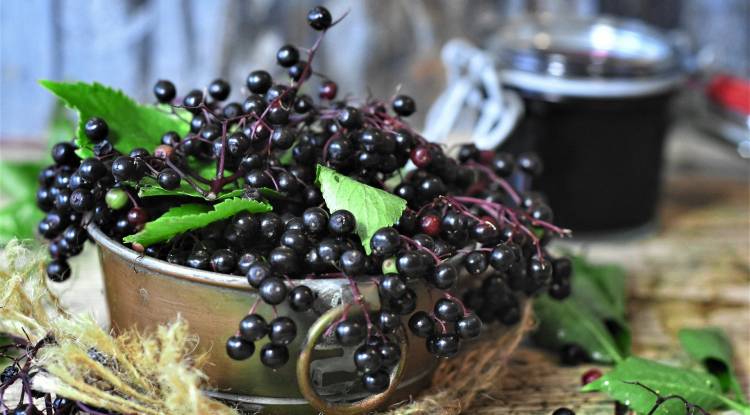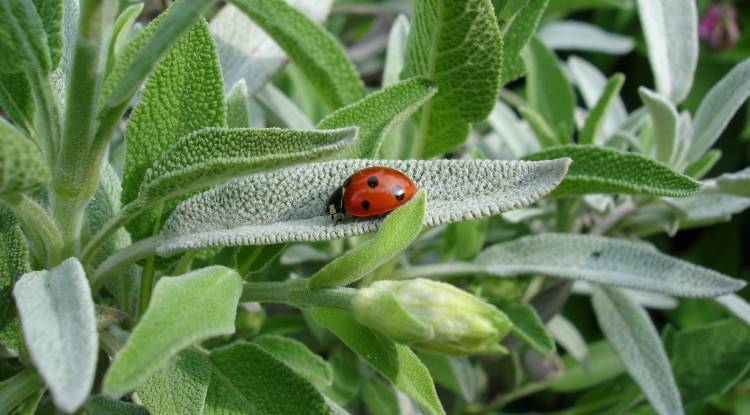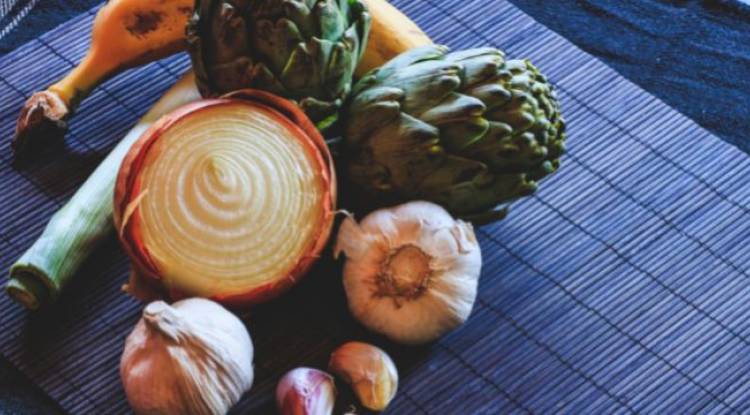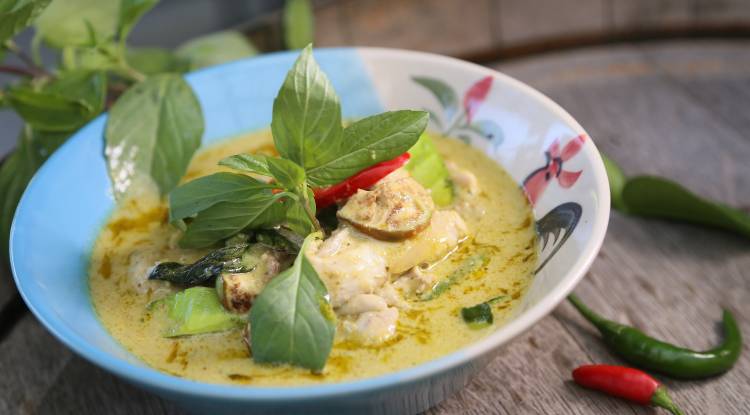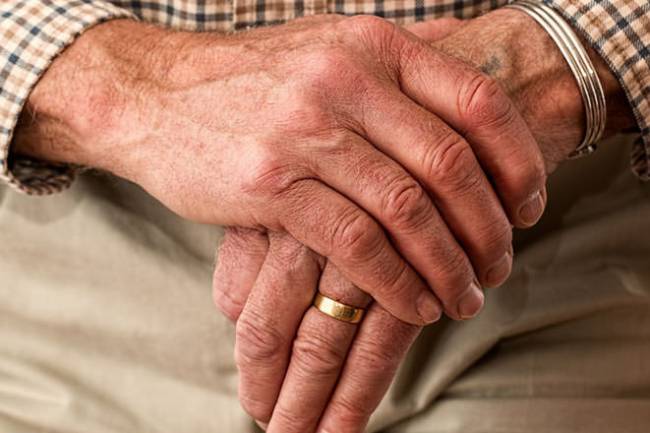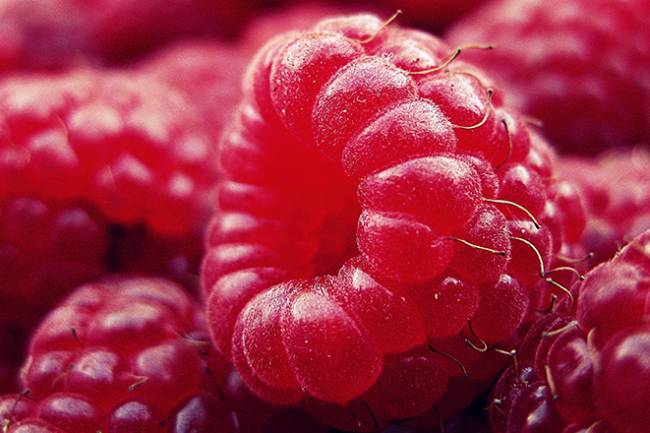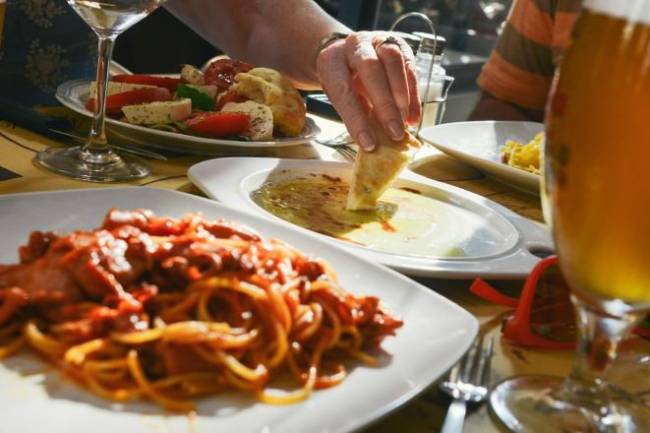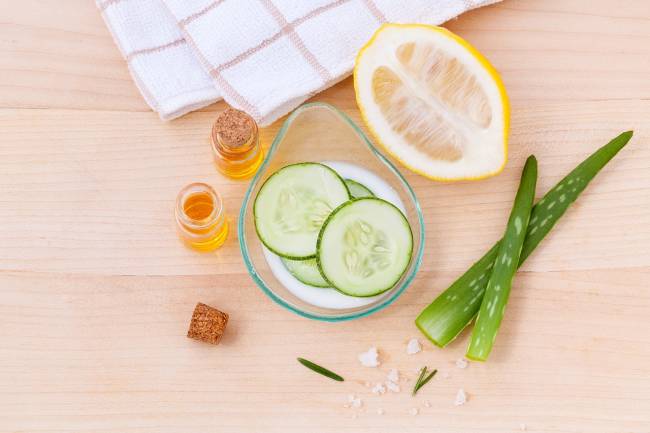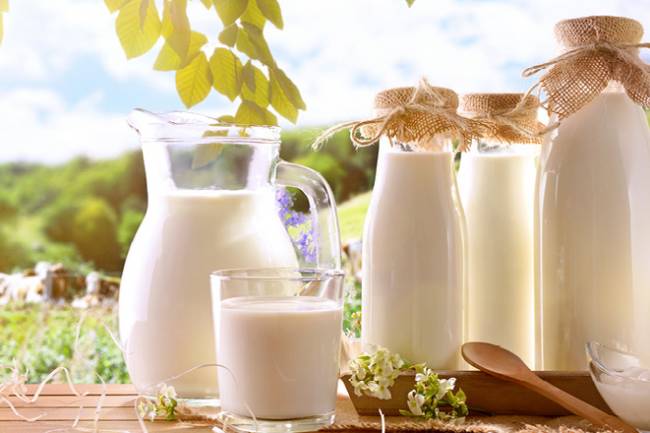Health Benefits of Red Yeast Rice
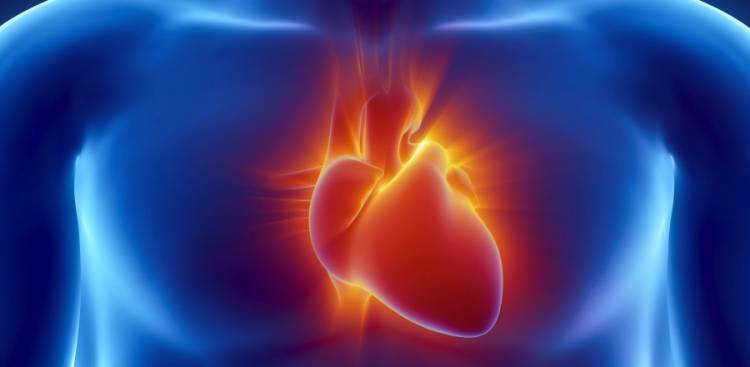
High cholesterol levels - known in the medical community as hypercholesterolemia - are thought to affect 6 in every 10 adults in the western world.
As heart disease is still the leading cause of mortality worldwide, and high cholesterol levels are indeed a risk factor, there is interest in natural ways to control or lower levels. If you have been looking into methods of safely lowering cholesterol levels, you are likely to have come across the supplement known as red yeast rice.
RYR is a fermented rice product that contains some pretty exciting natural compounds. The best known of these is monacolin K which is often referred to as lovastatin. It has been used in Chinese medicine for centuries and has got quite the reputation for lowering high cholesterol.
In this article we are going to explore the topic of cholesterol and see whether red yeast rice is worthy of the hype, how much to take and whether there any side effects.
Understanding Cholesterol
Cholesterol is actually essential for humans, and when it is present in ‘normal’ quantities it is perfectly healthy. Issues start to arise however when levels become abnormally high.
Put simply, cholesterol is a fatty substance that is created in the liver, with most of the body’s cholesterol circulating in the blood as lipoproteins. Cholesterol has a myriad of key roles such as supporting the integrity of cell membranes, creating steroid hormones, insulating nerve endings and creating bile – a substance important for digesting fat and absorbing fat-soluble nutrients.
Within the body there are numerous types of cholesterol, but the two most important forms are LDL and HDL cholesterol. LDL is often referred to as ‘bad’ cholesterol, whereas HDL is universally accepted as ‘good’. LDL works by transporting cholesterol from the liver to the cells where it can be utilised. Unfortunately, if there is more cholesterol than required, this can often be deposited in the walls of the blood vessels which can cause plaque build-up, blockages and potentially lead to cardiac events.
Conversely, HDL cholesterol is good for health because it has the ability to transport excess cholesterol back to the liver where it can be excreted. For this reason, one of the most important metabolic health measures is the ratio of LDL to HDL. Unfortunately, diet, lifestyle, age and to a certain extent genetics can distort this ratio, therefore requiring attention.
Besides eating healthier, being more physically active and stopping smoking (if you do smoke), many of us use prescription medications to control our cholesterol levels. At the same time there are increasing concerns about the use of prescription pharmaceuticals like statins, given that there is evidence of damage to the liver, kidneys, nervous system and muscles, whilst increasing the risk of diabetes.
It should therefore come as no surprise that there is great interest in natural alternatives, most notable in the form of supplements such as plant sterols, garlic and red yeast rice.
What the Research Says About Red Yeast Rice
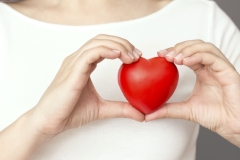 Conducting high-quality research is very challenging, given the plethora of variables at play. For this reason, it is rare to see almost unanimous support for the effectiveness of a nutritional intervention. That being said, the efficacy of red yeast rice for lowering LDL cholesterol is certainly one of those topics.
Conducting high-quality research is very challenging, given the plethora of variables at play. For this reason, it is rare to see almost unanimous support for the effectiveness of a nutritional intervention. That being said, the efficacy of red yeast rice for lowering LDL cholesterol is certainly one of those topics.
One study from 2009 recruited 62 patients with high cholesterol who had to stop statin therapy due to the side-effects. Of the 62, half were randomly assigned to receive red yeast rice twice daily, with the other half taking a placebo. In as little as 12 weeks, it was reported that the participants taking the red yeast rice decreased their LDL cholesterol by 1.11mmol/L.
Previous research published in The Lancet – the most prestigious medical journal - has shown that a 1mmol/L reduction in LDL cholesterol is sufficient to reduce major cardiovascular events by 25% and all-cause mortality by 9%. This is true even in patients whose doctors have categorised them as ‘low risk’. Because of this, these results certainly hold clinical significance. What’s more, these benefits were realised without experiencing side-effects to the liver, kidney or an increase in pain – issues that sometimes arise in patients who take statins.
Similar results have been seen in a research study from 2013, which recruited 52 doctors who suffered from high cholesterol. As this study was ‘doubled blind’, neither the researchers nor the participants knew which of the 52 received the red yeast rice, and who received a placebo.
After the 8 week study period, it was found that the group receiving the red yeast rice treatment decreased their LDL levels by almost a quarter. On a further positive note, there were no side-effects or blood markers that caused concern with the research team.
Meta-Analyses
Once there is sufficient published evidence in a subject area, it is common that a research group conducts a study called a meta-analysis. Meta-analysis studies are seen as the top of the hierarchy of scientific evidence, as they collate the results of all the research in the area. They then use advanced statistical analyses to provide a valid and conclusive answer on a specific question.
With regards to the effectiveness of red yeast rice for lowering LDL cholesterol levels, there have actually been two meta-analysis studies performed and published. The first meta-analysis, published in 2014, analysed a total of a 13 randomised control trials, which in total included the data of over 800 participants with high cholesterol levels. It was concluded that red yeast rice could potently reduce LDL cholesterol levels, with 0.87mmol/L being the average reduction.
Although some of the studies included in the analysis were even shown to increase HDL levels, on the whole, this just fell short of what the researchers would class as ‘significant’. To further boost the significance of red yeast rice, the participants also saw a significant reduction in triglyceride levels while reporting no serious side effects.
Fortunately, the second meta-analysis that was published a year later provides complementary findings. This investigation, which included 20 studies, found that LDL cholesterol was reduced by a massive 1.02mmol/L when taking red yeast rice. From the studies analysed, the average dose of monacolin K was 10.8mg per day and this led to results that were as impressive as prescription medication, but with a greater safety profile.
Synergistic Benefits
As we have found, red yeast rice is very effective at reducing LDL cholesterol even without making positive changes to diet, physical activity levels or lifestyle. Furthermore, red yeast rice has been shown to be effective alongside other nutrients.
One study in particular has shown that red yeast rice works notably well with the polyphenol compounds found within olives. Olives and olive oil contain oleic acid, a monounsaturated fat, alongside powerful antioxidants such as hydroxytyrosol. Research has shown that these natural qualities, when consumed daily, can markedly reduce the risk of cardiovascular events.
For the study, researchers recruited 50 people who met the criteria for metabolic syndrome – high cholesterol, blood sugar and blood pressure, alongside abdominal obesity. The participants either received a supplement that contained 10.82mg of monacolins and 9.32mg of hydroxytyrosol or a placebo.
In as little as 8 weeks, it was found that the group receiving the supplement reduced their LDL cholesterol by 24%, triglycerides by 9%, and systolic blood pressure by 10mmHg. Not only that, the participants decreased the amount of oxidised cholesterol they had by a fifth. Oxidised or damaged cholesterol is the type that is most likely to stick to the walls of blood vessels and cause potential blockages.
These extremely impressive results suggest that consuming extra-virgin olive oil daily alongside a high-quality red yeast rice supplement is a great way to improve health in those with metabolic syndrome and therefore reduce the risk of cardiovascular disease.
How Much Red Yeast Rice Should I Take?
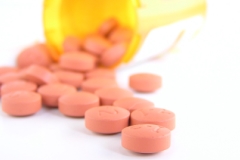 When starting any new supplement regime, it is of primary importance to understand how much you need to take to experience the benefits. The European Food Safety Authority (EFSA) have authorised the use of red yeast rice for lowering cholesterol levels, but only when taking a dose of 3mg per day.
When starting any new supplement regime, it is of primary importance to understand how much you need to take to experience the benefits. The European Food Safety Authority (EFSA) have authorised the use of red yeast rice for lowering cholesterol levels, but only when taking a dose of 3mg per day.
Unfortunately, the market is littered with low-quality red yeast rice products that do not contain the amount of monacolin K they claim. One study of note analysed 12 commercially available supplements and found a massive variance in the amount of active ingredients. One product for example only contained 0.3mg of monacolin K per serving. Alarmingly, a third of the products analysed had elevated levels of citrinin (more on this in the next section).
This means that purchasing only a high-quality red yeast rice supplement is of primary importance. Look for a reputable company who manufactures their products to Good Manufacturing Practice (GMP) standards and can provide a certificate of analysis to show that the supplement is true to the label claim.
What Are the Side Effects of Red Yeast Rice?
On the whole, the research indicates that red yeast rice is a safe supplement that can markedly reduce cholesterol levels. We have also seen that it can perform as well as prescription medication whilst causing fewer side effects.
However, as we found in the last section, some products on the market are severely lacking in the quality department. Not only does this mean they are not effective, they may even pose a risk to health. Earlier we touched on citrinin, a toxin which has been found in some red yeast rice products. As citrinin is known to damage the kidneys, this is another good reason to only buy a highly reputable red yeast rice supplement.
As statins are known to noticeably reduce concentrations of coenzyme Q10 in the body, it would be prudent to believe that red yeast rice does also, given that it is in essence a natural statin. Coenzyme Q10 is a vitamin-like substance that is vital for our survival, given its important role in creating energy. Research has shown that coenzyme Q10 has antioxidant properties, can decrease the risk of heart disease, diabetes and muscle damage whilst supporting vitality.
For this reason, it may be wise to supplement with coenzyme Q10 if you are taking statins or red yeast rice. 200-300mg per day would be a good dose to aim for, and one that is universally accepted as safe.
Summary
To conclude, red yeast rice is a highly effective supplement for reducing high cholesterol levels and the risk of cardiovascular disease, with the potency to match some of the most widely-used pharmaceuticals. At least with high-quality supplements, it also boasts a good safety profile which leads to fewer side effects than the more controversial statins.
Before embarking on any supplementation, it is important to consult with your GP, to ensure this will be safe and effective for you as an individual. As always, look for a high-quality, GMP approved product from a reputable manufacturer, to ensure you obtain a supplement that contains the beneficial compounds that you and your health requires.
Shop for Red Yeast Rice Here
Sources:
https://www.ncbi.nlm.nih.gov/pubmed/19528562
https://www.ncbi.nlm.nih.gov/pubmed/22607822
https://www.ncbi.nlm.nih.gov/pubmed/23866314
https://www.ncbi.nlm.nih.gov/pmc/articles/PMC4045580/
https://www.atherosclerosis-journal.com/article/S0021-9150(15)00222-1/fulltext
https://www.ncbi.nlm.nih.gov/pubmed/25879228
https://www.ncbi.nlm.nih.gov/pubmed/20975018/
https://www.sciencedaily.com/releases/2013/05/130525143852.htm
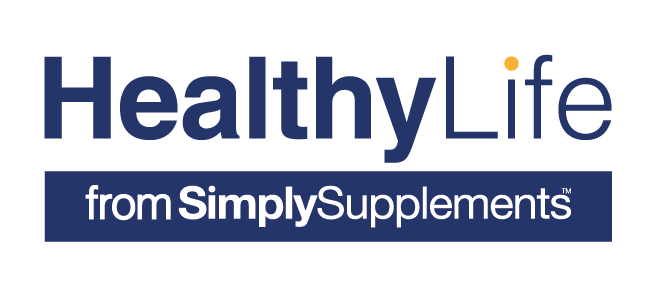
 Matt
Matt 